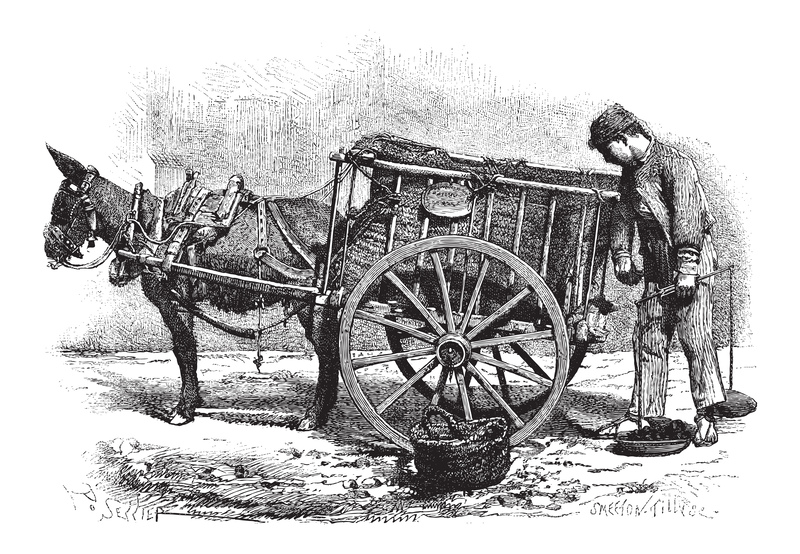Stopping Microplastic Pollution: What Will It Take?
Microplastic pollution, an insidious environmental challenge, poses significant threats to ecosystems and human health. Addressing this growing problem requires concerted efforts from individuals, industries, and governments worldwide. In this comprehensive article, we will explore the causes, consequences, and potential solutions for mitigating microplastic contamination.
Understanding Microplastic Pollution
Microplastics are tiny plastic particles less than 5mm in diameter, found in numerous environments from oceans to rivers and even in the air we breathe. These pollutants originate from various sources, including the breakdown of larger plastic debris, cosmetics, clothing fibers, and industrial processes.
Origins of Microplastic Contamination
- Primary microplastics: Manufactured as small particles for use in products such as microbeads in cosmetics.
- Secondary microplastics: Created from the degradation of larger plastic items like bottles and bags.
The Pervasiveness of Microplastics
From the depths of the ocean to remote mountain peaks, microplastics are surprisingly widespread. Understanding the extent of contamination is crucial for devising effective strategies to combat this issue.

Impacts of Microplastic Pollution
The effects of microplastic pollution are profound and varied, affecting marine life, human health, and the environment.
Environmental and Ecological Consequences
Microplastics can disrupt marine ecosystems, with creatures ingesting or becoming entangled in plastics. This contamination is not limited to marine life; terrestrial organisms are also affected as plastics infiltrate soils and waterways.
- Impaired growth and development in marine organisms.
- Alteration of physical habitats.
- Adverse impacts on biodiversity.
Human Health Risks
While research is ongoing, potential human health risks associated with microplastics include exposure to harmful chemicals that leach from plastics and potential contamination of the food chain.

Strategies for Stopping Microplastic Pollution
Tackling microplastic pollution requires multi-faceted approaches combining scientific research, policy interventions, and changes in consumer behavior.
Policy and Legislation
Governments play a crucial role in regulating plastics and promoting sustainable practices through:
- Bans and restrictions: Prohibiting the use of microbeads in cosmetics.
- Improved waste management: Enhanced recycling and waste systems to prevent plastic leakage into the environment.
- Support for innovation: Funding for research into biodegradable alternatives and plastic recycling technologies.
Industry Responsibility
Industries can significantly reduce plastic production and promote sustainability by adopting:
- Eco-friendly materials: Investing in biodegradable or recyclable alternatives.
- Reducing packaging: Minimizing plastic use in packaging is essential to curb excess waste.
- Corporate responsibility: Incentivizing sustainable practices and initiating environmental impact assessments.
Consumer Behavior and Awareness
Individuals can also contribute by making informed choices and advocating for change. Consumer-driven actions include:
- Reducing plastic use: Opting for reusable bags, bottles, and containers.
- Supporting responsible brands: Choosing companies committed to reducing their environmental footprint.
- Promoting awareness: Educating peers and communities about the impacts of microplastic pollution.
The Future of Microplastic Pollution Control
The road to eliminating microplastic pollution is challenging but attainable with global commitment and collaboration. Ongoing research into the effects and remediation strategies continues to play a vital role in shaping informed policies and practices.
Innovative Scientific Solutions
- Filtration technologies: Developing advanced filters for wastewater treatment plants to capture microplastics.
- Biodegradable plastics: Researching and producing materials that break down naturally without harming ecosystems.
Collective Action for a Cleaner Planet
Combating microplastic pollution requires collective action and shared responsibility among all stakeholders. By fostering a culture of sustainability, promoting innovation, and implementing effective policies, it is possible to mitigate the impacts of microplastics and ensure a healthier planet for future generations.
In conclusion, stopping microplastic pollution demands concerted efforts across various sectors. With awareness, policy change, and scientific innovation, we can move towards a cleaner, plastic-free future. The responsibility lies with all of us to act decisively and protect the Earth from the pervasive threat of microplastics.